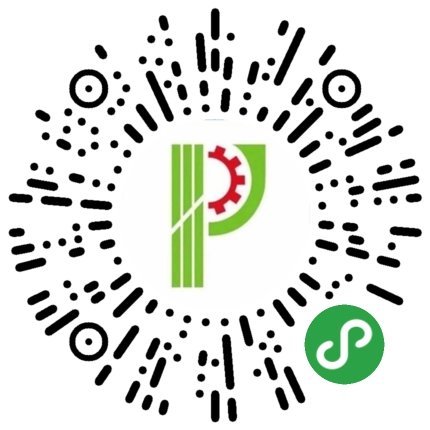



The extruder belongs to one of the categories of plastic machinery and originated in the 18th century.
The extruder can divide the nose into a right angle head and a bevel head according to the direction of the flow of the head and the angle of the center line of the screw.
The screw extruder relies on the pressure and shear force generated by the rotation of the screw, so that the material can be fully plasticized and uniformly mixed, and formed by die molding.
Plastic extruders can be broadly classified into twin-screw extruders, single-screw extruders, and rare multi-screw extruders as well as screwless extruders.
Development History
The extruder originated in the 18th century, and the manual piston extruder manufactured by Joseph Bramah (England) in 1795 for the manufacture of seamless plumbing was considered to be the world's first extruder.
Since then, during the first half of the 19th century, extruders have been basically only suitable for the production of lead pipes, macaroni and other food processing, brick making and ceramic industries. In the development process as a manufacturing method, the first time it was clearly stated is the patent that R. Brooman applied for the production of Gutebo adhesive wire by an extruder in 1845.
G. H. Bewlgy then improved the extruder and used it in 1851 to coat the copper wire of the first submarine cable between Dover and Calais.
In 1879, the British M. Gray obtained the first patent using the Archimedes spiral screw extruder. In the next 25 years, the extrusion process became increasingly important, and the electric hand-operated extruders quickly replaced the previous manual extruders. In 1935, German machine manufacturer Paul Troestar produced extruders for thermoplastics.
In 1939 they developed the plastic extruder to a new stage – the modern single-screw extruder stage.
Mechanical principle
Water or a suitable liquid is added to the raw material powder and continuously stirred. The agitated material is extruded from a porous head or metal mesh at a high extrusion pressure.
Usually, after the material is placed in a cylindrical container, the material is extruded with a screw. After using the variable frequency technology, the pressure can be controlled so that the most suitable linear speed can be selected.
Single screw extruder principle
The single screw is generally divided into three sections in the effective length. The effective length of the three sections is determined according to the screw diameter and the pitch. The effective length is generally divided into one third.
The last thread of the material port is called the conveying section: the material is required to be plasticized here, but it must be preheated and compacted. In the past, the old extrusion theory believed that the material here was loose, and later proved that the material here is actually The solid plug, that is to say, the material here is a solid like a plug after being squeezed, so it is its function as long as the conveying task is completed.
The second section is called the compression section. At this time, the volume of the groove is gradually reduced from large to large, and the temperature is to reach the plasticizing degree of the material. Here, the compression is generated by the conveying section three, where it is compressed to one, which is called the compression ratio of the screw -- 3:1, some machines have also changed, and the finished plasticized material enters the third stage.
The third section is the metering section, where the material maintains the plasticizing temperature, just as accurately and quantitatively transports the melt material as the metering pump to supply the head. At this time, the temperature cannot be lower than the plasticizing temperature, generally slightly higher.
Extruder energy saving
The energy saving of the extruder can be divided into two parts: one is the power part and the other is the heating part.
Power saving: Most of the inverters are used. The energy saving method is to save the residual energy of the motor. For example, the actual power of the motor is 50 Hz, and you only need 30 Hz in production to produce enough, and the excess energy consumption is vain. Wasted, the inverter is to change the power output of the motor to achieve energy saving.
Energy saving in heating part: Most of the energy saving in heating is energy saving by electromagnetic heater, and the energy saving rate is about 30%~70% of the old resistor ring.
work process
The plastic material enters the extruder from the hopper, and is transported forward by the rotation of the screw. During the forward movement, the material is heated by the barrel, sheared by the screw and compressed to melt the material. Thus, a change between the three states of the glassy state, the high elastic state, and the viscous flow state is achieved.
In the case of pressurization, the material in a viscous flow state is passed through a die having a certain shape, and then becomes a continuum having a cross-section and a mouth-like appearance according to the die. It is then cooled and shaped to form a glassy state, thereby obtaining the part to be processed.
Dongguan Pinyang Cable Machinery Co., Ltd. is a professional manufacturer of wire and cable equipment for professional development, design and production. It specializes in: optical fiber extruder, ultra-fine winding machine, earphone wire special machinery and other products, optical fiber extruder, very fine winding Machine, earphone line dedicated mechanical consultation hotline: 13731224526 / Lu Jianjun
 APP
APP  Applets
Applets  No public
No public